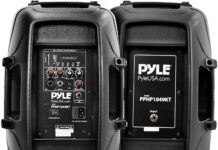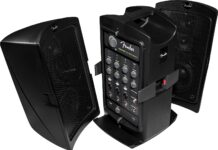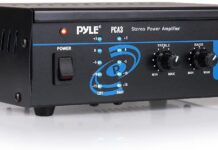There are three main specs that you would need to use to determine the abilities of a speaker, and they are:
Wattage:2
This shows the potential volume and clarity of the speaker. The more the wattage, the louder it can get and in general, the more headroom it will have. What this means is that you can create sound at louder volumes without it starting to break up and get fuzzy.
Size and Weight:
Speakers, typically, are measured in inches over diameter. The larger the speaker, the more expansive the sound will get. There is usually a correlation between the size and the weight. But the weight can also differ, and this is based on the various types of f wood and materials that are used to house the speaker.
Sound Quality:
Just like any other kind of music tool, there is an identifiable correlation between the price of the device and the sound quality. A musician would prioritize clarity and definition over school teachers or fitness instructors who would want something basic. So, you might sacrifice some portability or compactness over quality, and vice versa.
Speakers either come in active or passive differentiations. The key difference between these two is whether they have a power amp. Active speakers are most common in today’s market since they are much more flexible and they do not require an external power amp to drive them.
REVIEW: Best portable PA system for live music
Front of house speakers is useful since they direct sound to the audience. But as a performer, you can choose to either use an in-ear wireless system or monitors to listen back to what it is you are doing, which is usually preferential.
Live Mixers
A mixer takes the signal of the microphone and equalizes it to be as audibly balanced as possible. A simple mixer or a portable PA system will have multiple inputs to accommodate for lots of microphones.






